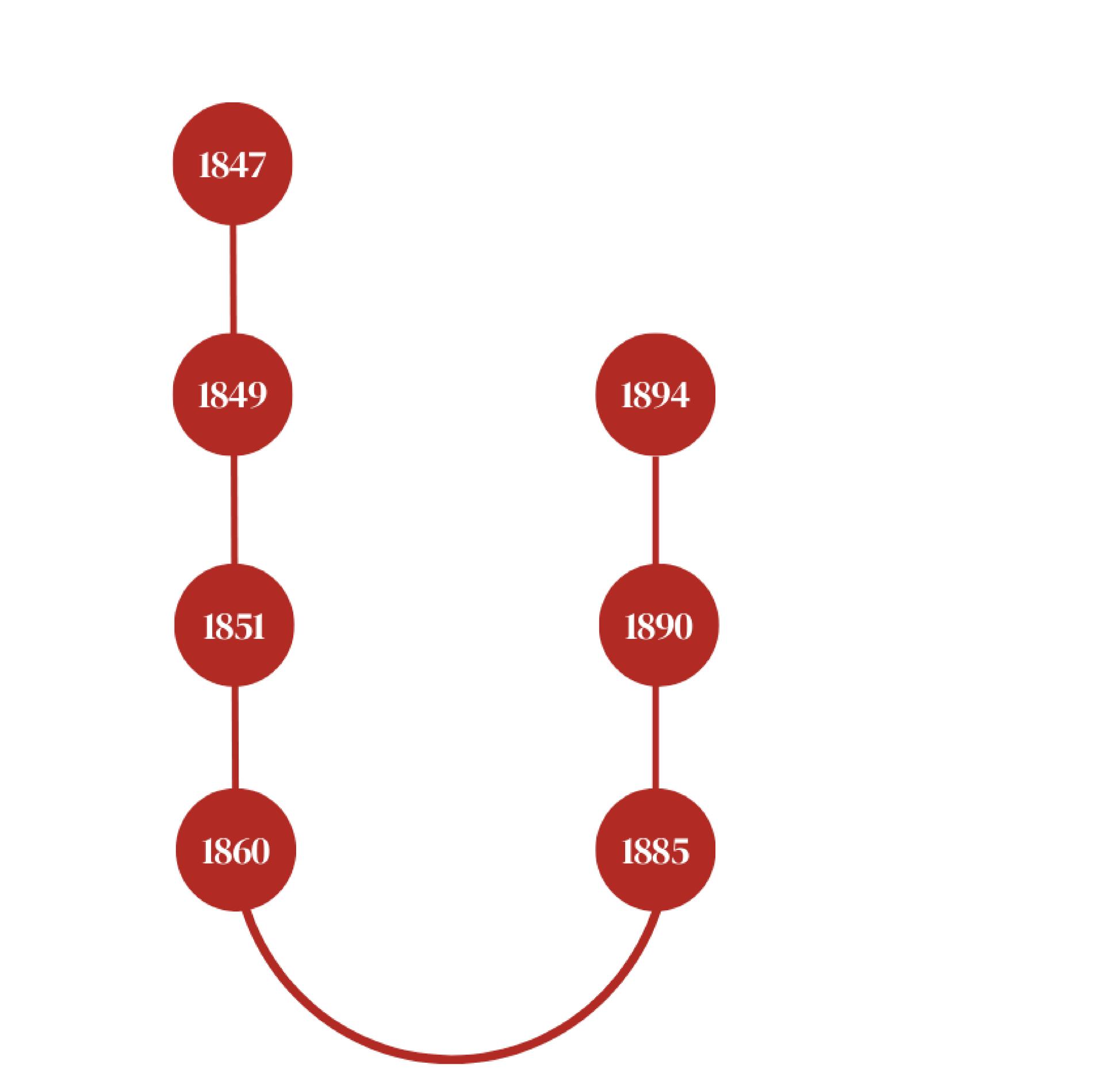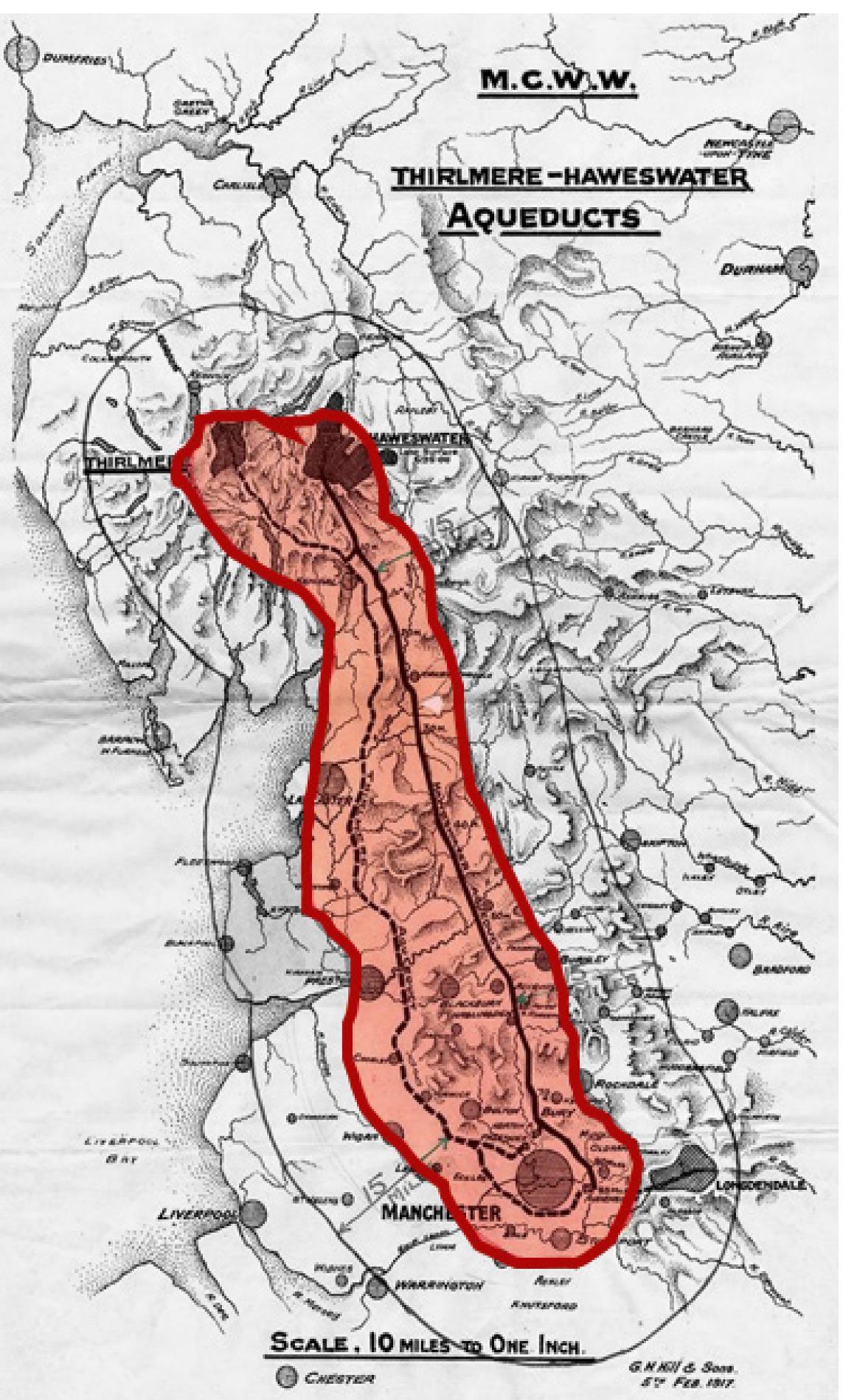
1 minute read
HISTORY OF MANCHESTER
1847
47,000 houses in the town, only 11,000 had a piped water supply A further 12,000 homes relied on a shared tap or standpipe in the street, while thousands more drew their water from shallow wells or streams, which were often polluted
Advertisement
1849 1894
1851

Diseases like typhoid and dysentery spread rapidly and the town was badly hit by outbreaks of cholera
The engineering project began
With industrial Manchester’s expansion, the city’s demand for clean water continued to increase In response, Manchester Corporation completed the first stage of a huge project to supply Manchester with water from Longden Dale in the Peak District
1890
Manchester Corporation finally constructed a series of intercepting sewers that carried waste away for treatment to a new sewage works at Davyhulme
1860 he demand for water in Manchester had outstripped the supply from Longdendale Manchester Corporation turned again to engineer John Frederick Bateman for the solution Bateman set his sights on the Lake District, which has some of the heaviest rain
1885
Water from Thirlmere finally reached Manchester, effectively ending the problem of supplying the city with adequate water








